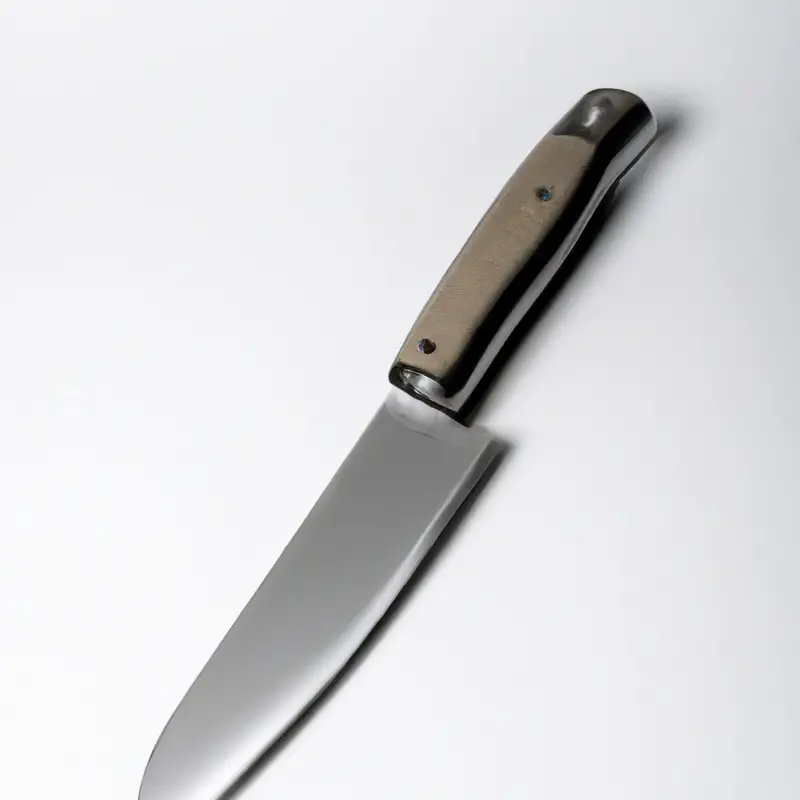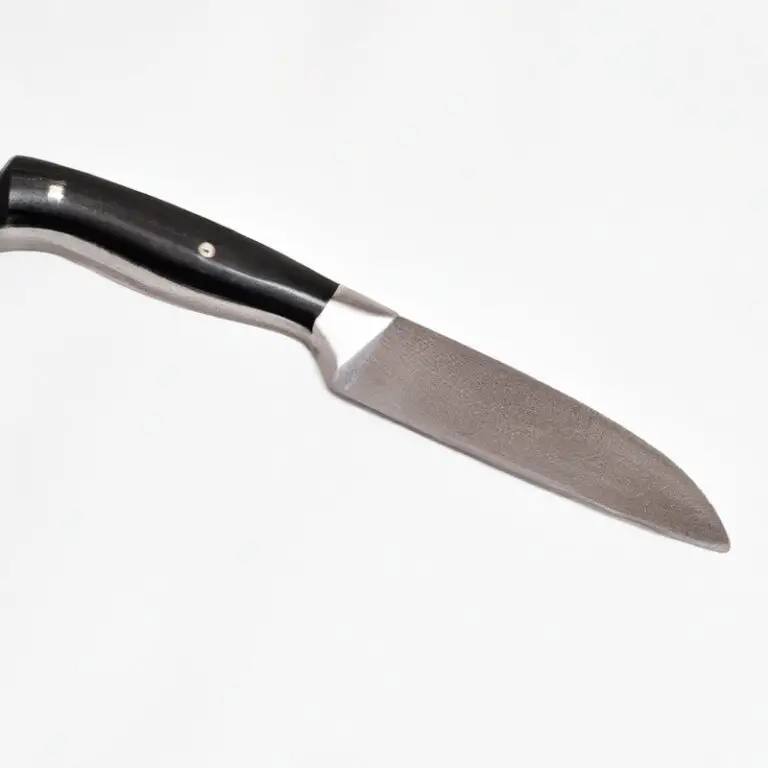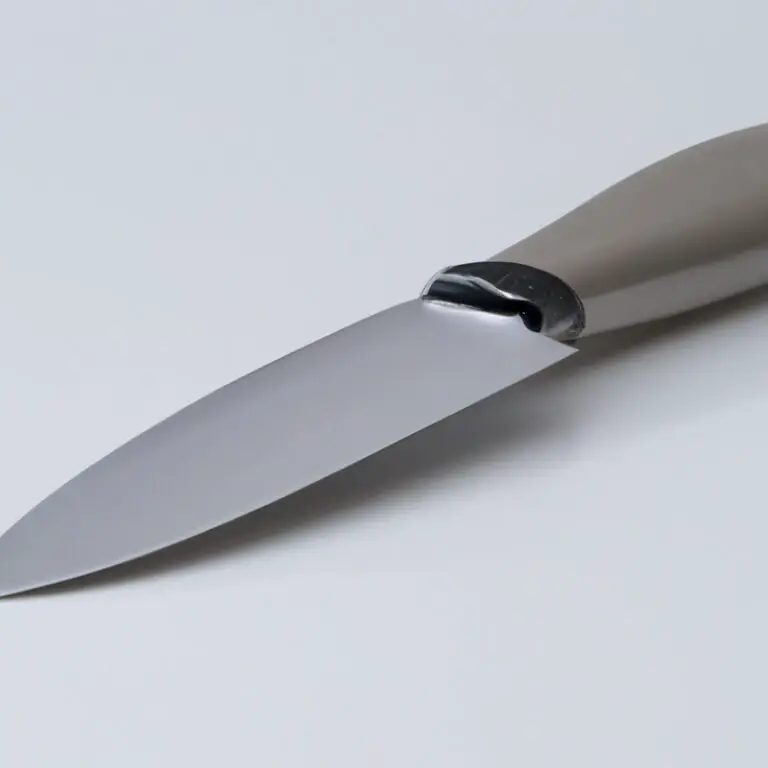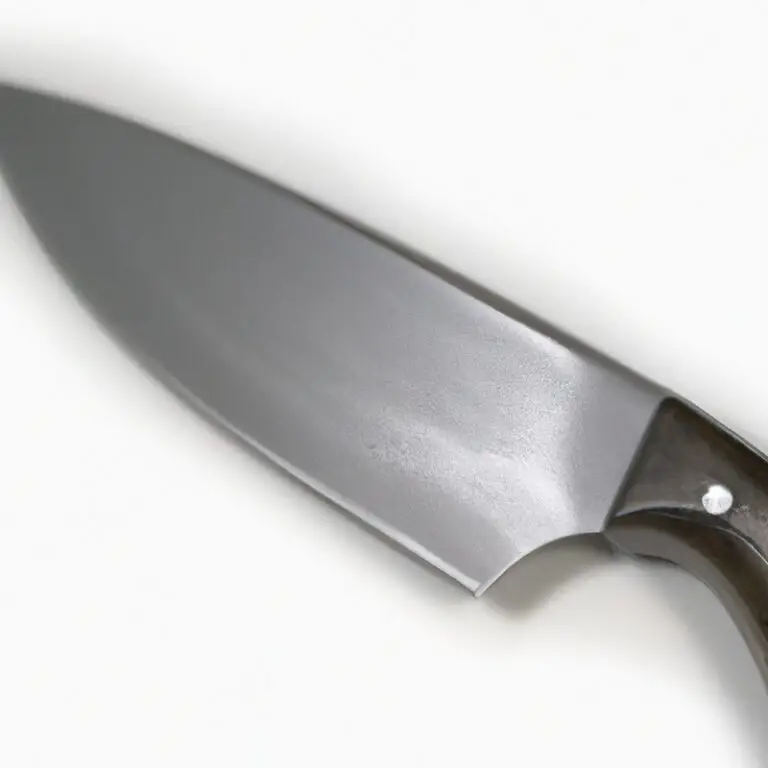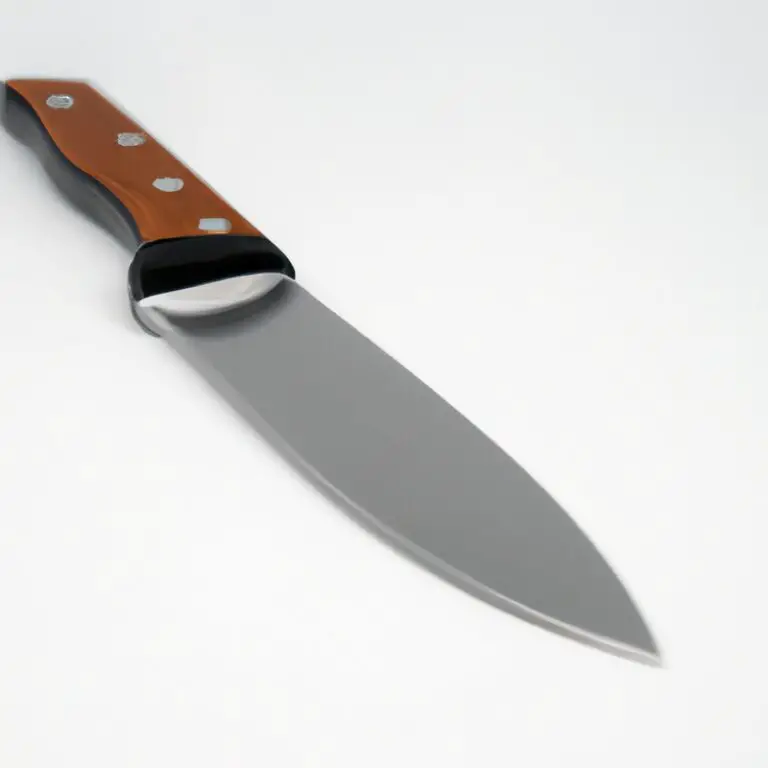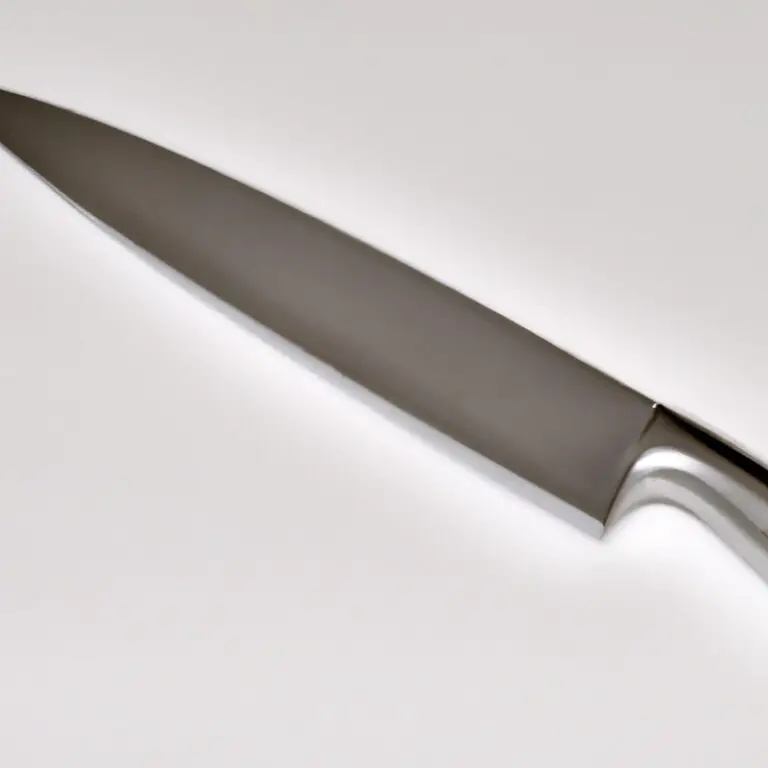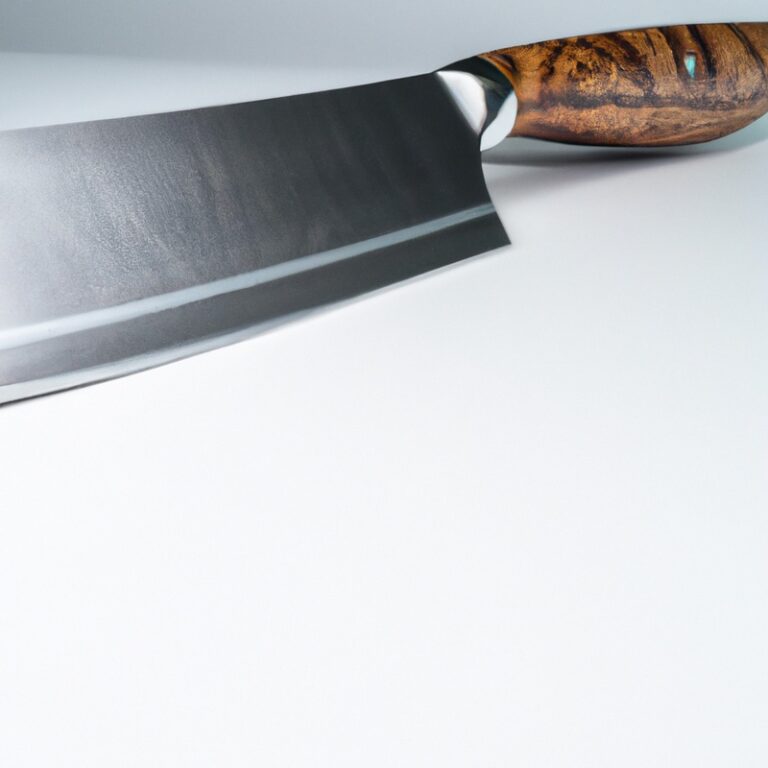Are There Any Recommended Techniques For Peeling With a Paring Knife? Tips!
Key Takeaways:
- Use a sharp paring knife for best results and safety while peeling fruits and vegetables.
- Hold the item being peeled steadily with the non-knife hand while making controlled, precise cuts with the knife.
- Consider blanching or microwaving certain items to loosen the skin before peeling with a paring knife.
- Practice proper technique and be patient, as peeling with a paring knife can take some time and practice to master.
Are you tired of struggling with peeling fruits or vegetables with a paring knife? Look no further! As an experienced chef, I have learned various techniques to make the process easier and more effective.
In this article, I will share my top tips for choosing the right paring knife, understanding the cutting angle, preparing the produce, and using the proper grip and positioning.
I’ll also provide advice for peeling different types of fruits and vegetables, avoiding common mistakes, and maintaining and storing your paring knife. Get ready to achieve perfect peels every time!
| Technique | Description |
|---|---|
| “Thumb and Blade” | Hold the paring knife handle with fingers wrapped around it. Place your thumb against the side of the blade, with the blade facing down and away from you. Press the edge of the blade against the surface of the fruit or vegetable and use the thumb as a guide to control the depth and angle of the cut. This technique is best for small, round fruits like apples and pears. |
| “Flicking” | Hold the fruit or vegetable with one hand and the paring knife with the other. Using the tip of the blade, flick it towards you and away from you in a quick motion. This technique is best for long, slender vegetables like carrots or cucumbers and for removing skin from thin-skinned fruits like kiwi. |
| “Guided” | Place the fruit or vegetable on a cutting board and hold it steady with one hand. Use the paring knife to slice the skin away by following the contours of the fruit or vegetable, using your other hand to guide the knife. This technique is useful for larger fruits and vegetables like mangoes or eggplants and for removing thick, tough skin or rinds. |
Choosing the Right Paring Knife
When it comes to choosing the right paring knife, there are a few key factors to consider. Look for a knife with a small, sharp blade that is between 2.5 and 4 inches long.
The blade should be made from high-quality steel that is durable and resistant to rust.
Consider the handle of the knife as well. It should be comfortable to grip and provide good control over the blade.
Some people prefer a handle made from wood, while others like plastic or metal.
When shopping for a paring knife, it’s also important to consider your budget. While it’s possible to spend a lot of money on a high-end knife, there are also plenty of affordable options available.
Ultimately, the best paring knife for you will depend on your personal preferences and needs.
However, by keeping these factors in mind, you can choose a knife that will serve you well for years to come.
Understanding the Cutting Angle
The cutting angle is an essential concept to understand when using a paring knife. It refers to the angle at which the blade meets the surface of the food being peeled.
A shallow cutting angle (10-15 degrees) is best for delicate or softer fruits and vegetables, while a steeper angle (20-30 degrees) is ideal for tougher produce like potatoes or carrots.
Keep the blade close to the surface of the item and use a back and forth motion for consistent peeling. Remember to keep your fingers away from the blade, using a pinch grip on the handle for better control.
Understanding the cutting angle will lead to cleaner cuts and more effortless peeling.
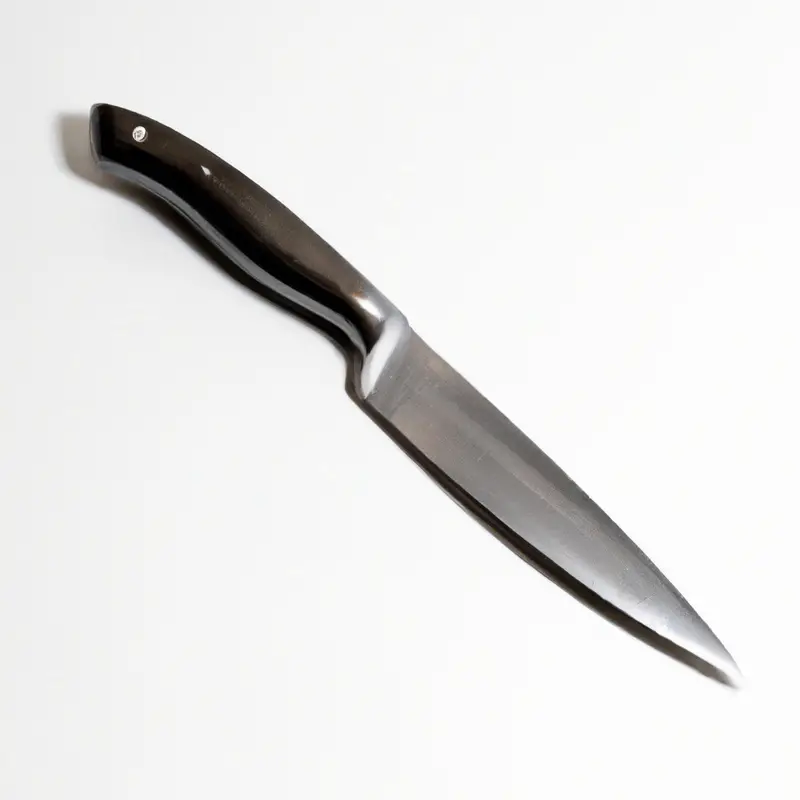
Preparing the Fruit or Vegetable
Before peeling your fruit or vegetable with a paring knife, it’s important to prepare it properly. Start by rinsing the produce under cold water and patting it dry with a clean towel.
For tough-skinned fruits like mangoes and avocados, use a cutting board and sharp knife to slice off the top layer before peeling with the paring knife.
For softer-skinned fruits like apples and pears, you can use the paring knife to score the skin around the circumference of the fruit before peeling. When peeling vegetables like carrots and potatoes, cut off the ends and use a vegetable peeler to remove the outer layer before using the paring knife to remove any remaining blemishes or imperfections.
Properly preparing your fruit or vegetable before peeling will result in a cleaner, easier, and safer peeling process.
Grip and Positioning of Knife
To achieve efficient and safe peeling with a paring knife, it’s crucial to adopt the correct grip and positioning of the knife. The right grip will help you control the blade, while proper positioning will facilitate smooth and accurate movements.
The grip should be firm, but not too tight, to avoid fatigue and maintain a steady hand.
Hold the handle with your dominant hand and wrap your fingers around it, leaving your index finger extended along the spine of the blade to guide it. Place your thumb on the handle’s opposite side and use it to stabilize the knife’s tip.
The positioning of the knife depends on the produce you’re peeling.
For smaller items like garlic cloves, hold the knife perpendicular to the item with the blade’s tip facing down and peel from top to bottom. For larger items such as potatoes, hold the knife at a slight angle and use a rocking motion to peel from one end to the other.
Remember, always keep your fingers away from the blade’s path and maintain a consistent grip and positioning.
With practice and attention to grip and positioning, you’ll easily master peeling with your paring knife.
Peeling Techniques for Different Products
Peeling techniques vary depending on the product being peeled. For fruits and vegetables with thin or delicate skin, hold the blade at a shallower angle and use a light touch.
For thicker-skinned produce like potatoes and carrots, a steeper angle and more pressure may be needed.
Some products, such as kiwi or mango, may benefit from a segmenting technique, where the skin is sliced away in strips instead of removing it completely. It’s essential to experiment with different techniques and practice to find the best approach for each type of fruit or vegetable.
Always use caution when peeling to avoid injury.
Tips for Effective and Safe Peeling
To ensure effective and safe peeling with a paring knife, here are some tips to consider:
- Use a sharp paring knife to avoid putting too much pressure on the fruit or vegetable.
- Always peel away from your body to avoid injuring yourself.
- Hold the fruit or vegetable firmly with your non-dominant hand and peel gently with the other hand.
- For round fruits and vegetables, cut a flat surface to stabilize the produce before peeling.
- With soft fruits such as tomatoes, use a serrated knife instead of a paring knife.
- Take breaks during long peeling sessions to avoid fatigue or loss of focus.
- Always use a cutting board and avoid peeling on a slippery surface.
By following these tips, you can achieve effective and safe peeling with a paring knife.
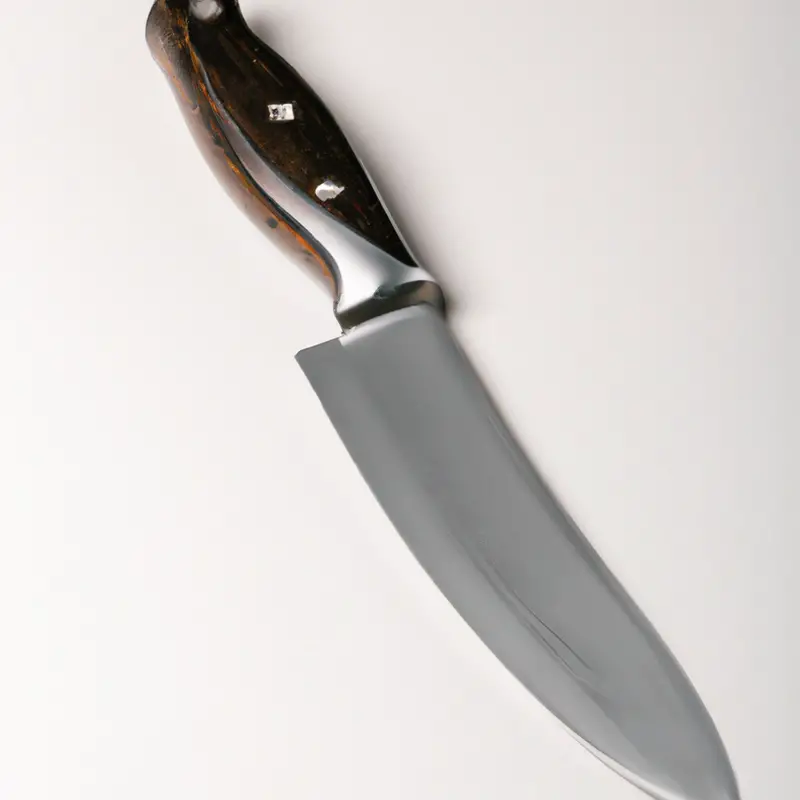
How to Avoid Common Mistakes
To avoid common mistakes when peeling with a paring knife, make sure that the knife is sharp and comfortable to grip. Keep your fingers away from the blade and always cut away from yourself.
Use a steady and firm grip on the fruit or vegetable to avoid slipping or uneven peeling.
Take your time and peel slowly to ensure you do not accidentally remove too much of the flesh. Lastly, be mindful of the thickness of your peels to ensure uniformity and consistency.
Following these steps will help you avoid common mistakes and achieve perfect peels every time.
Cleaning and Maintenance of Paring Knife
To ensure a paring knife lasts a long time, proper cleaning and maintenance are crucial. Here are some tips for cleaning and maintaining a paring knife:
- Wash the knife by hand with warm, soapy water and dry it off immediately after each use.
- Avoid using abrasive sponges or harsh detergents that can damage the blade.
- Sharpen the knife regularly using a sharpening stone or honing rod before it becomes dull.
- Store the knife in a sheath or knife block to protect the blade and prevent other items from damaging it.
- Do not put the knife in the dishwasher as the heat and strong detergents can damage the blade and handle.
By taking proper care of a paring knife, it will not only last longer but also provide safer and more efficient peeling.
Best Practice for Storage of Paring Knife
To ensure your paring knife stays sharp and safe, proper storage is crucial. Here are some best practices for storing your paring knife:
- Keep it in a separate compartment: Store your paring knife in a separate compartment in a knife block or drawer organizer. This will prevent it from rubbing against other utensils that could dull or damage the blade.
- Use a sheath or blade guard: Invest in a sheath or blade guard to cover the blade when not in use. This will help preserve the sharpness of the blade and prevent accidental cuts when reaching into a drawer.
- Avoid moisture: Keep your paring knife in a dry environment to prevent rust or corrosion. Avoid storing it in a damp area or leaving it soaking in water for extended periods.
By following these best practices, you can ensure your paring knife stays sharp and safe for optimal peeling performance.
Expert Advice for Achieving Perfect Peels
Expert Advice for Achieving Perfect Peels:
- Keep the paring knife sharp and well-maintained to ensure easy and smooth peeling.
- Take your time and be patient to avoid damaging the fruit or vegetable.
- Always hold the knife in a comfortable and stable grip to avoid accidents.
- Adjust the cutting angle according to the fruit or vegetable being peeled.
- When peeling round or uneven fruits, create flat surfaces by trimming the ends before peeling.
- For tough or thick-skinned produce, make shallow cuts and only remove the thin outer layer of skin.
- For delicate fruits such as tomatoes, use a serrated knife to avoid crushing or tearing.
- Lastly, practice peeling techniques frequently to improve your skills and achieve perfect peels every time.
Final Verdict
Peeling with a paring knife can be a breeze when you follow the right techniques. By choosing the right knife, understanding the cutting angle, preparing the fruit or vegetable, practicing safe grip and positioning, and mastering different peeling techniques, you can achieve perfect peels every time.
Remember to avoid common mistakes, clean and maintain your knife properly, and practice safe storage.
By implementing these expert tips, you can elevate your peeling game and impress your family and friends with your culinary skills. Trust in the reliability and credibility of the information presented and start practicing these techniques for flawless peeling.

